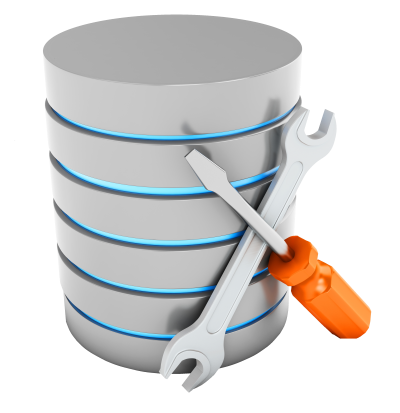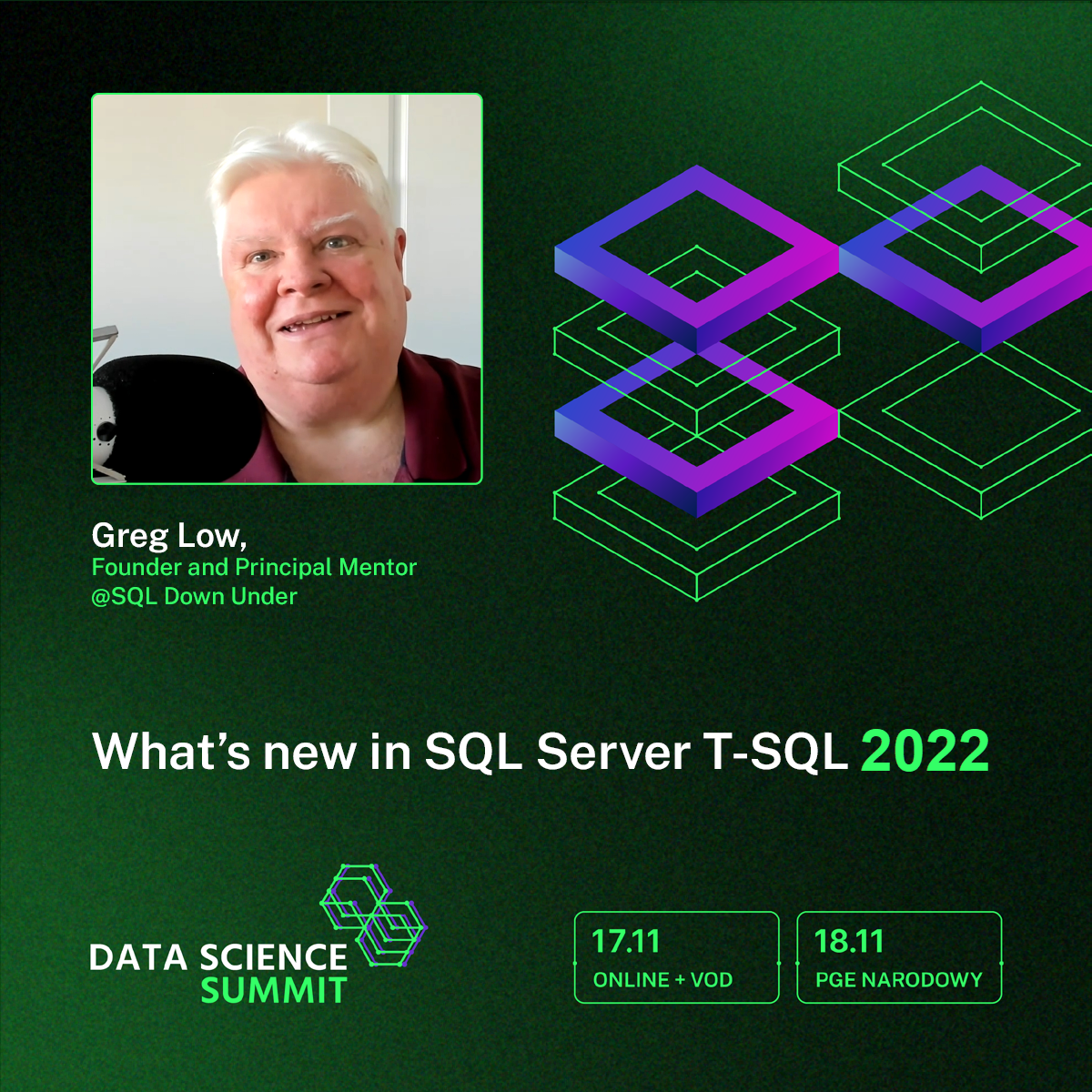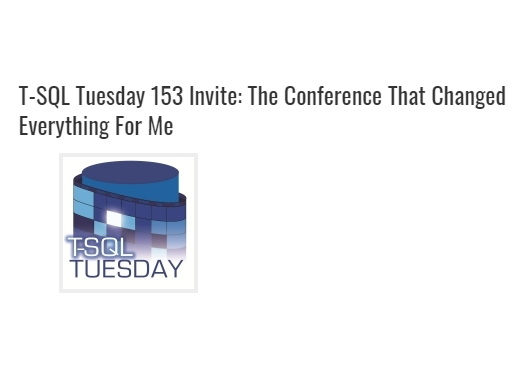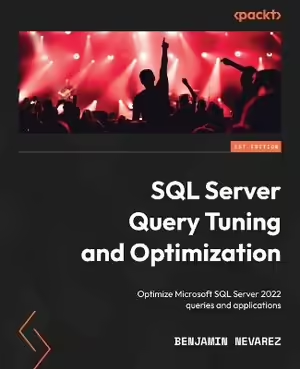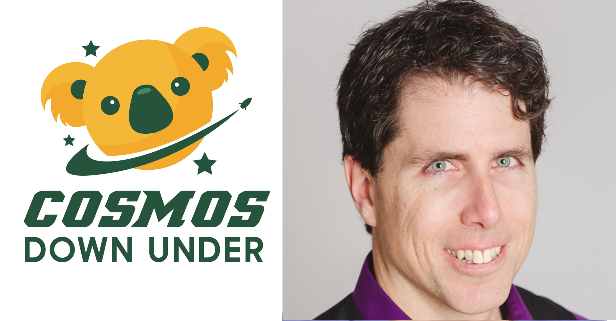
Cosmos Down Under podcast 6 with guest Vincent-Philippe Lauzon is now published!
I published a new Cosmos Down Under podcast today.
In the podcast, I’ve discussed the new integration between Azure Cosmos DB and Azure Data Explorer with the program manager for the feature: Vincent-Philippe Lauzon.
It’s a great new capability and worth half an hour of your time to find out about it.
I hope you enjoy it. You’ll find it, along with all Cosmos Down Under podcasts at:
2023-02-17

